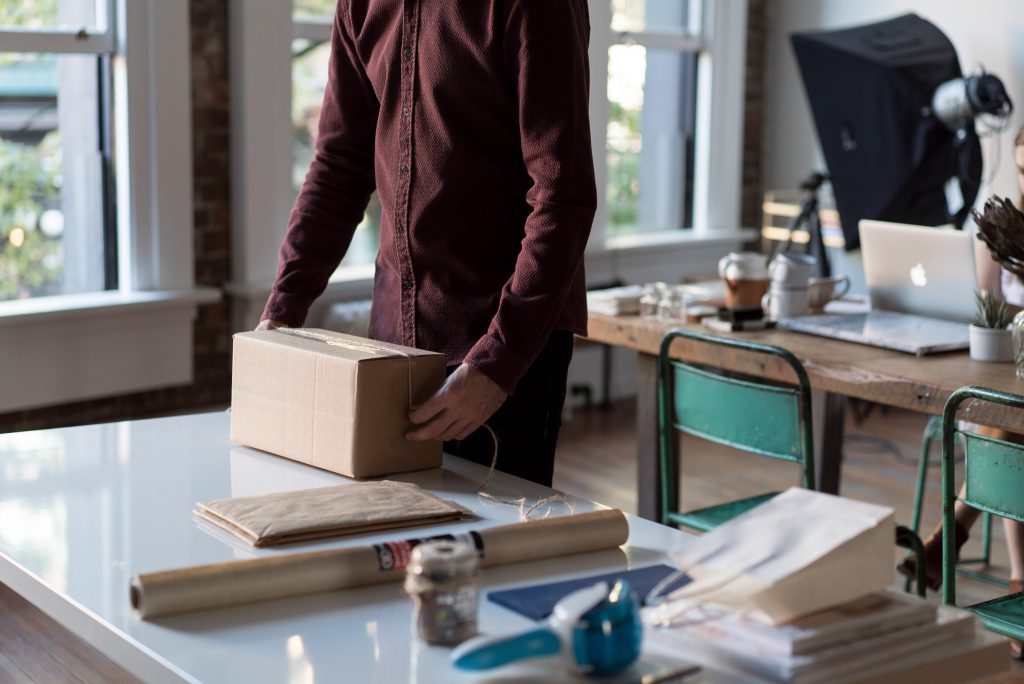Whether you run a business or you’re simply selling belongings that you no longer need, there might be times when you’re required to ship unusual items. These could be large, heavy, oddly-shaped or very fragile, but whatever the case may be, you need to prepare these correctly.
Essentially, you need to make sure that you protect and package your goods carefully. You must also know the correct weight and dimensions of your goods and ensure that they are labelled properly.
This makes it easier for courier services to know what to expect and for their team to manage and handle your packages accordingly. This way, they can make sure your goods reach their destination in one piece.
But if you’re not sure where to start with sending your goods, then this guide is for you.
Below, we’ll offer some top tips and techniques from an expert shipping provider so that you can pack and send your usual items with peace of mind.
Carefully choose the right packaging material
One of the most important parts of shipping unusual items is choosing the right packaging in the first place. There are several things you need to consider at this stage; for example, will you need to use a box, bag or crate as the primary packaging for your items?
Whatever you choose, you need to make sure that your packaging is going to be plenty big enough for your item(s). It’s vital that you don’t cram these in and potentially damage your goods before you even begin.
However, you also need to make sure that the box or bag isn’t so big that your item is not going to slide or rattle around during transit, as this can also lead to damage.
Once you’ve chosen your primary package, you will then need to decide if you’re going to need additional protection, depending on the unusual item you are shipping. Some of the most common and useful materials for protecting your goods include:
- Packing peanuts
- Bubble wrap
- Crumpled paper
- Corrugated card
- Foam sheets
These will ensure that your unusual goods sit securely within their box or bag and will add an additional layer of protection for the journey. This is going to be key if you’re shipping something that is fragile or has small, fragile elements to it.
So, the first thing you need to do is determine which primary packaging and additional protection are going to be best suited to the items you are sending.
Always test your packaging
But before you load up your packaging and stick the label on, it’s important to test that it’s going to be strong enough to make the journey in one piece. Therefore, it’s a good idea to always test the strength of your box or bag right away, particularly if you’re sending heavier items (more on this next).
You don’t have to test this with the item you’re shipping if you’re worried this could cause damage. Simply find something of a similar shape or weight and pop this inside the box or bag instead to make sure that it is going to hold out and protect your items during transit.
After all, the last thing you need is for the bottom of your box to give way and your goods to drop to the floor and break before they’ve even reached the courier.
If you’re concerned about the strength of your chosen packaging, you might wish to reinforce this with items such as corrugated card or choose a bigger, stronger box even if this costs a little more to ship.
Packing different items
There are lots of reasons that you might not be able to simply put your item in a standard box or padded bag and send it off.
These items might be deemed unusual and need a little extra care because of their shape, size, weight or fragility. Below, we’re going to look at how to deal with a few specific examples to give you a better idea of how to package your unusual goods. These include:
Oddly-shaped items
If you’re packing an oddly-shaped item, you might find that you’ve had to place it in a box that is much larger than the item itself just because of certain elements on it. For example, if you’re shipping a musical instrument or piece of furniture like a chair.
In these cases, you may need to use padding and additional packaging to fill in the gaps and pad out any additional space within the box. This will help to protect and steady your item during transit.
Heavy items
If you’re packing a heavier item like building materials, stone items or something made of metal, a reinforced cardboard box might not be enough, particularly if these are large items.
In this scenario, it might be worth placing the item on a wooden pallet even if you then put this inside a box. Be sure to strap the item down or tie it to the pallet in some way to stop it from moving around. Alternatively, you could use a wooden crate for packaging heavier items.
It might also be worth adding an additional label to let the courier know quickly that this is a weighty item that requires extra attention.
Fragile items
If you’ve got to send something that is fragile, for example, something ceramic or made of glass, you’re going to need lots of extra packaging elements such as bubble wrap or packing peanuts.
Find a box or bag that the item fits in snuggly but without being forced, and fill the additional space with the aforementioned protective packaging. Be sure to add a label that says fragile to let the courier know that they need to take extra care when handling your parcel.
Dismantle your items where possible
Finally, if you’re able to dismantle your unusual item and package each element separately, this can drastically increase the level of protection during transit. This is particularly important if you’re shipping larger items or those with lots of different parts.
Let’s say, for example, you’re shipping a drum kit. If you send this in one piece, you increase the risk of damage, plus you’ll need a much bigger container to fit in. Alternatively, you can take this apart and wrap each individual element, giving them more protection.
Of course, your ability to take the item apart will completely depend on what it is you’re sending and whether this is practical.


